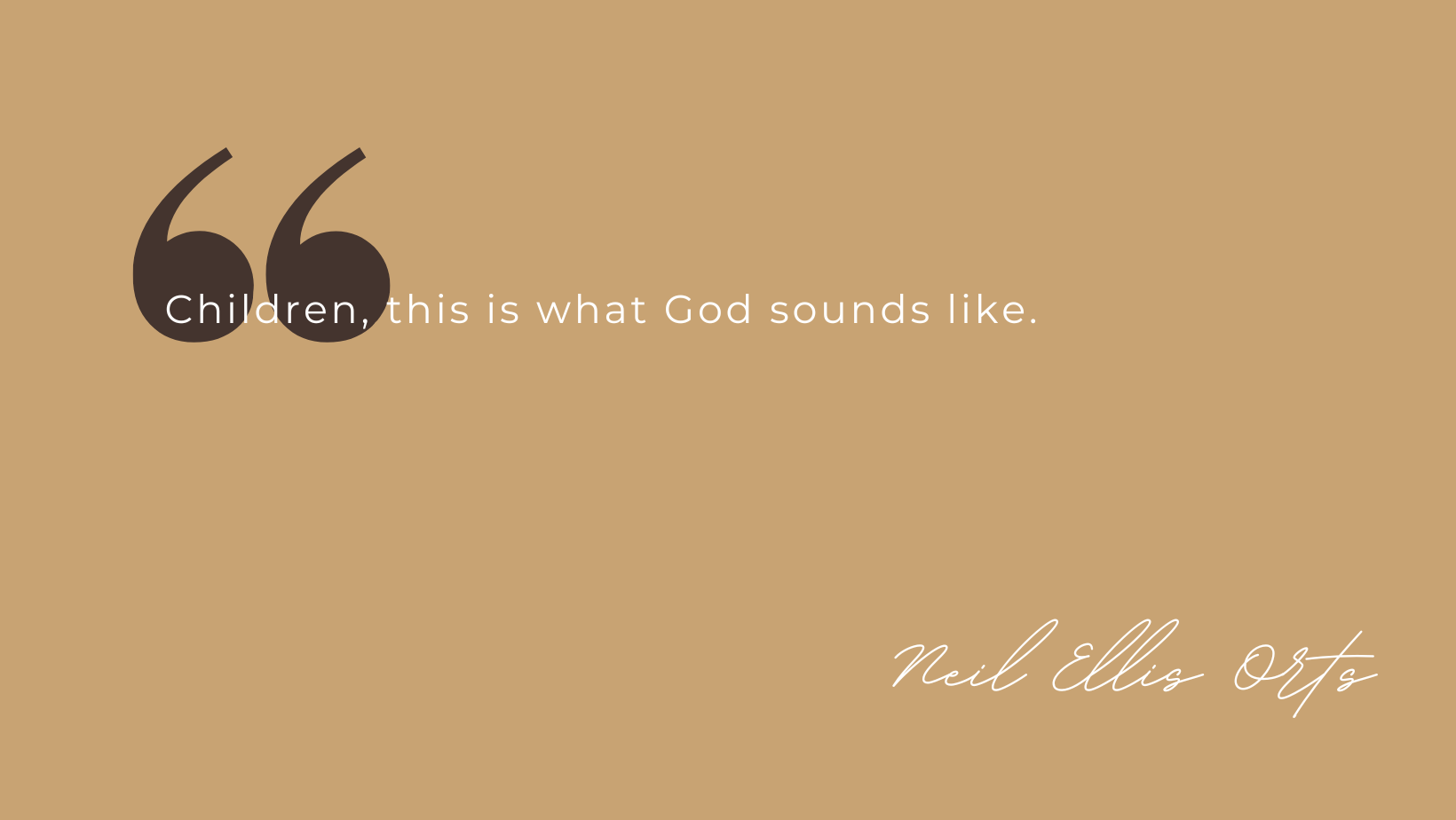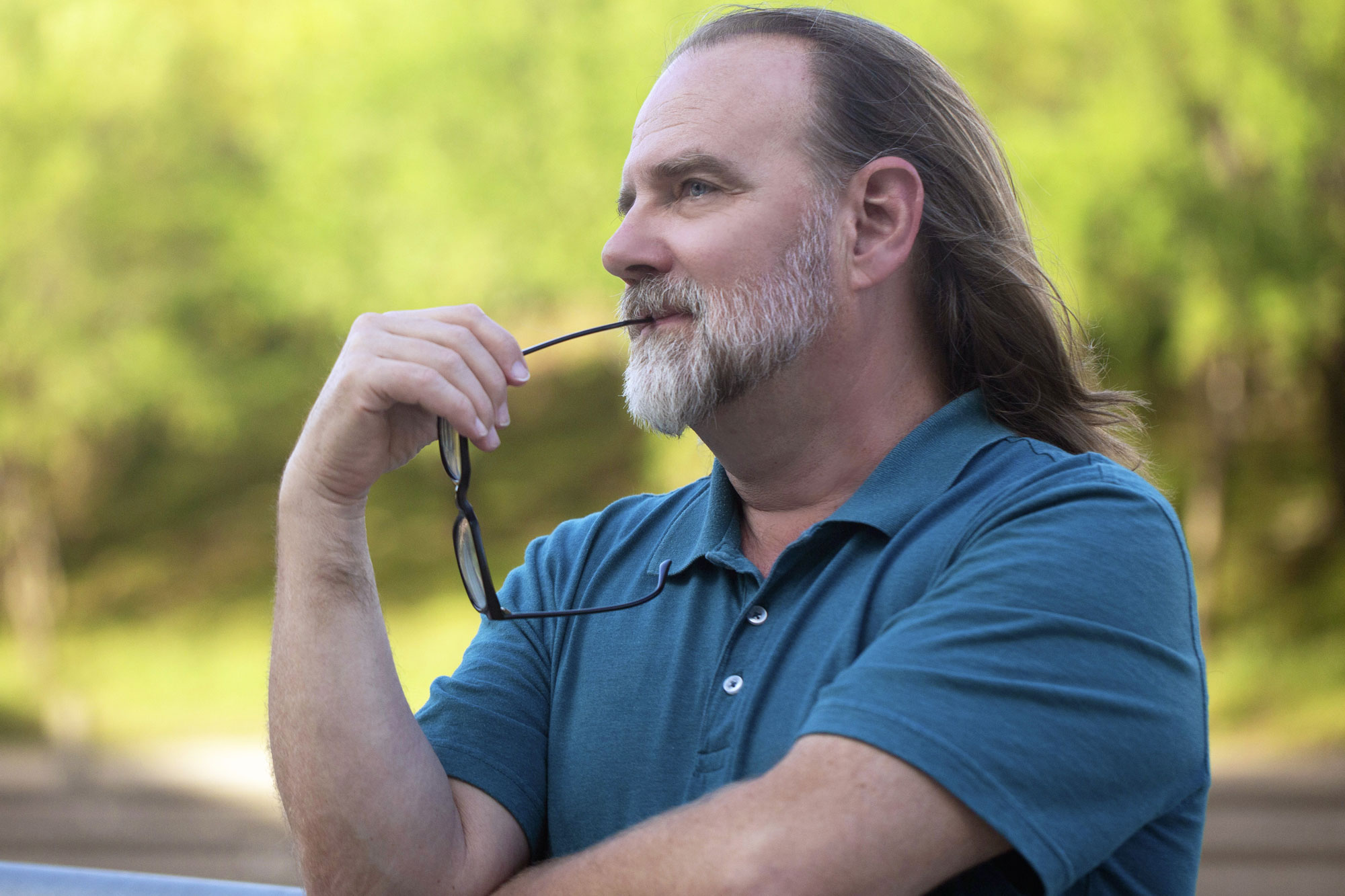Neil Ellis Orts
I.
The faithful, each in their way, according to what they were taught, how they were taught, keep silence, repeat prayers, sing old or new songs, play instruments or don’t, making one vibration dominant or submissive or in equal alternation.
Children, this is what God sounds like.
Beeswax or furniture polish or the starch in your shirt or the hair dressing on the man in the pew next to you or the incense or the mud lost off the farmer’s boot or the powder on the old lady’s neck when she hugs you tight.
Children, this is what God smells like.
Here, holy hands are lifted high. There, the sign of the cross is made. See the congregation kneel or stand stock-still, heads bowed. Some sway, some dance. One is fully prostrate on the floor, another weeps in laughter.
Children, this is what reverence in the presence of God feels like.
Taste and see … grape juice or wine … stained glass or theater lights … taste and see.
II.
A musician works scales and arpeggios. Rehearsal and repetition build
skill if they can endure the boredom. They practice to make perfect or else
to find another way. We practice what we receive or seek out something
more extravagant or more austere. Some give up the practice altogether.
Authenticity is true and false. Authenticity is a slippery idol. Practicing
the faith on the scale we receive can lead to many shifting chords, passing
through unbearable dissonance until resolution surprises. Momentarily.
III.
Peter to Rome. James to Jerusalem. Philip blessed a eunuch on their way
home to Ethiopia. Saul, Saul, met the blindingly glorified Lord one day and
then bounced around the Mediterranean as Paul. Who got it right? Who
inherited it true?



